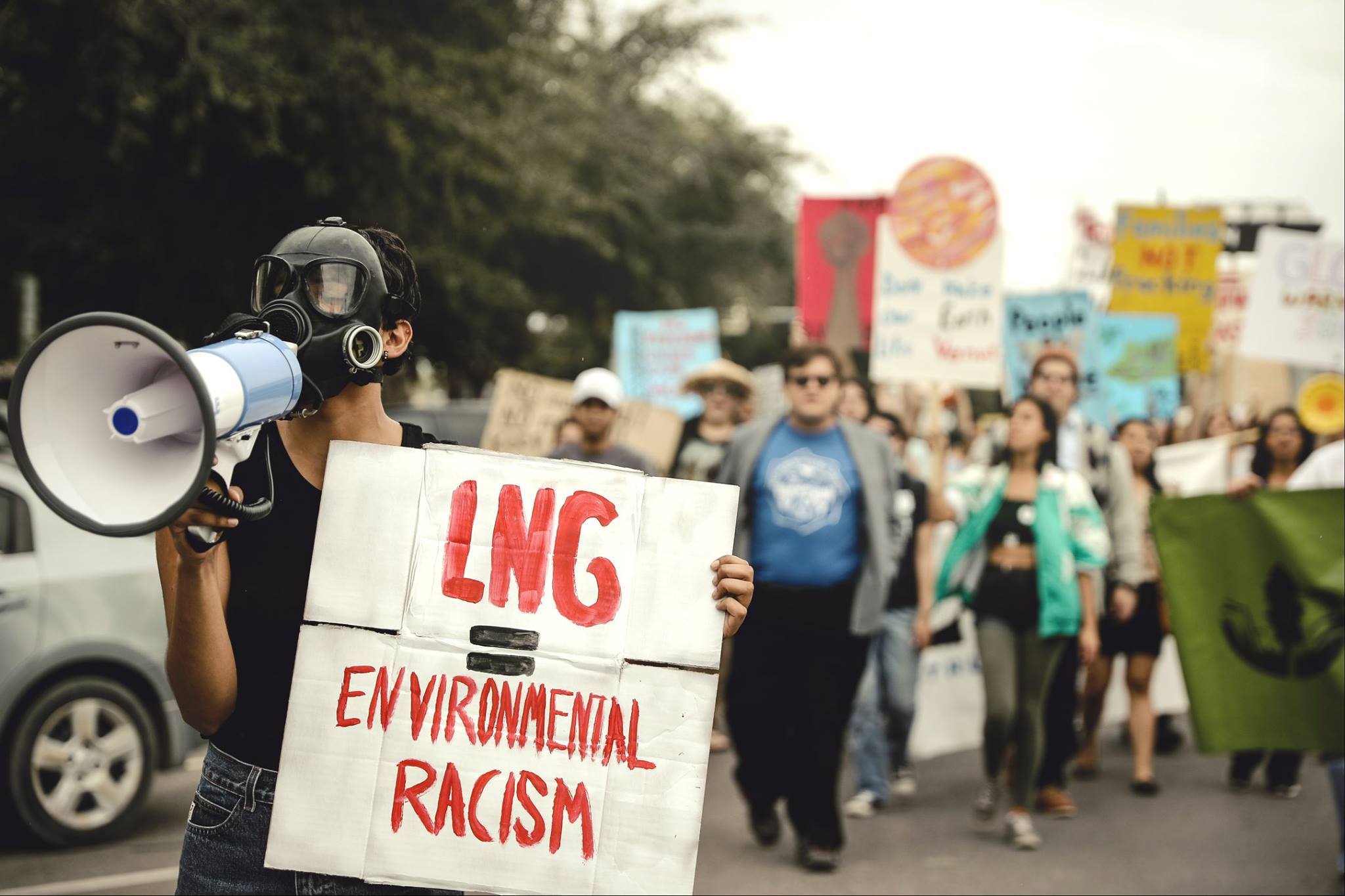
Photo: Abiel Pena
The Rio Grande Valley of South Texas’s wildlands and Latinx communities are threatened by three proposed fracked gas export terminals, pipelines, and new border walls. Where the existing and proposed border walls end in the Rio Grande Valley (RGV), three liquefied “natural” gas (LNG) companies -- Annova LNG, Rio Grande LNG, Texas LNG, and the Rio Bravo Pipeline -- plan to continue environmental injustice by slashing through pristine lands to build a massive tangle of terminals exporting toxic fracked gas. With great heart over the past four years, a powerful community coalition has pushed back the proposed destruction. The Save RGV from LNG Coalition, the Carrizo Comecrudo Tribe of Texas, and the Lower Rio Grande Valley Sierra Club are fighting for communities and to protect some of South Texas's last wild places from the fracked gas industry.
LNG Is a Bad Deal for South Texas
Three fracked gas export terminals would be a disaster for the environment and the communities of South Texas. Fisherman, eco-tourism businesses, and beachgoers support the local economies of our Gulf Coast towns, where we have the only clear skies without the towering fossil fuel industry on the horizon. If these projects are rubber-stamped, they will irrevocably destroy this landscape and spew a toxic cocktail of pollutants into low-income Latinx communities and the ship-channel waters where fishermen catch shrimp to feed their families.
There would also be serious effects on local wildlife and Indigenous rights. Annova LNG plans to build its huge industrial facility across a major international wildlife corridor that includes the Laguna Atascosa National Wildlife Refuge and the Bahia Grande, the largest wetlands restoration project in North America, threatening the endangered ocelot with local extinction. Texas LNG would bulldoze Garcia Pasture, a federally recognized Indigenous site that is home to burial grounds, remains of a village, and artifacts. The site is sacred to the Carrizo Comecrudo Tribe est’ok g'na, who are the original people of the region and whose lands and sacred sites are already being put at risk by the Trump administration’s plans to expand the border wall.
If built, these projects would also have negative impacts across the state and around the world. Allowing these new export terminals to be built would increase fracking across the state in the Eagle Ford shale and Permian Basin, threatening communities’ public health and the climate. Altogether, the projects would emit more than 9.2 million tons of greenhouse gases into the atmosphere per year.
Four Years of People Power
The oil and gas industry, which has massive political power in Texas, has created a landscape overrun with drilling, pipelines, and refineries, but communities are still fighting in creative ways. To push back against unfavorable odds, the coalition has gone beyond gaining local support to also building relationships with organizers abroad who are targeting banks financing the fracked gas industry to stop the cash flow to the South Texas LNG projects.
We are challenging the regulatory game crafted by the industry and scoring victories. Many of the communities that would be downwind from the LNG projects -- South Padre Island, Port Isabel, Laguna Vista, and Long Island Village -- have passed anti-LNG resolutions. Our local school board sided with the community and rejected Annova LNG and Rio Grande LNG companies’ pressure for a huge tax break. In another big victory, the coalition and the Carrizo Tribe, with support from Rainforest Action Network and Friends of the Earth France, joined a delegation that successfully pressured French bank BNP Paribas to drop support for Texas LNG.
The regulators with the power to approve or deny the LNG permits -- the Federal Energy Regulatory Commission (FERC), the Texas Commission on Environmental Quality, and the Army Corps of Engineers -- have all weighed in through public hearings and by issuing necessary documents. And community leaders have mobilized for multiple hearings and submitted thousands of public comments opposing these devastating projects.
LNG in RGV from V&M Productions on Vimeo.
The Mobilization Continues in 2019
Within the next two months, the FERC is expected to issue final environmental impact statements for these projects, massive documents that detail how the LNG projects would affect the community and the environment. After the statements are issued, FERC has 90 days to decide on the permits. Save RGV from LNG has pushed back every step of the way throughout this regulatory process. Regardless of the outcome of these permit decisions, we will not give up the fight to protect our communities from these dirty, dangerous projects. Keep paying attention and take action to support the fight.
Rebekah Hinojosa is an organizer with the Beyond Dirty Fuels campaign based in Brownsville, TX.